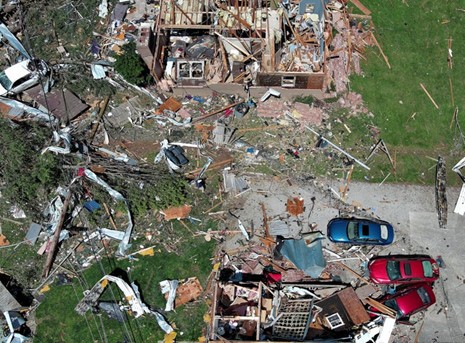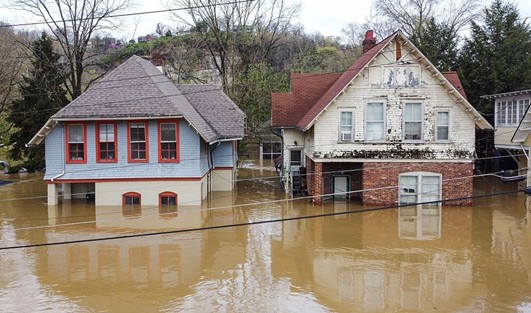Sometime it’s good to reflect on how you got to where you are today. Here’s a short version of how CHEJ got to where we are today.
It all started in 1978, in Niagara Falls, New York. Lois Gibbs was struggling to raise a family, which included two children suffering from a number of rare illnesses. Soon she realized they weren’t the only ones suffering. Nearly every family in the Love Canal neighborhood was facing its own medical nightmare.
Lois discovered that her home, and those of her neighbors, sat amongst 20,000 tons of toxic chemicals. In response to this shocking news, Lois stepped up to lead her neighbors in the battle to protect their families from the hazardous waste in their backyards.
Lois and her neighbors developed strategies to educate and organize their community, assess the impact of the toxic waste on their health, and challenge corporate and government disposal policies. After a three-year fight, Lois’ leadership led to the relocation of 833 Love Canal households.
Through this experience, Lois realized that no local, state, or national organization existed to provide communities with the strategic advice, guidance, and technical assistance necessary to win such a batt le.
To ensure that no other community would have to face a toxic health threat alone, Lois founded the Citizen’s Clearinghouse for Hazardous Waste (CCHW) on April 6, 1981. CCHW became known as the Center for Health, Environment & Justice (CHEJ) in 1997 and in January 2017, we joined People’s Action Institute (PA I), as one of their projects.
The core of CHEJ’s mission is, and always has been, to prevent harm to human health. This is achieved by providing technical and organizing support to individuals and communities facing toxic hazards.
Today, CHEJ continues to harness the power of grassroots organizing to help communities protect their health – as Lois did many years ago. On average, CHEJ receives hundreds of requests for assistance each year. Over the past 44 years, CHEJ’s work has touched over 15,000 individuals and groups.
At CHEJ, we believe that everyone has a right to a clean and healthy environment; and together, we can create one powerful voice in favor of protecting our health and the environment, and promoting economic justice.
Don’t hesitate to reach out to us if you are having trouble dealing a with an environmental health problem.



